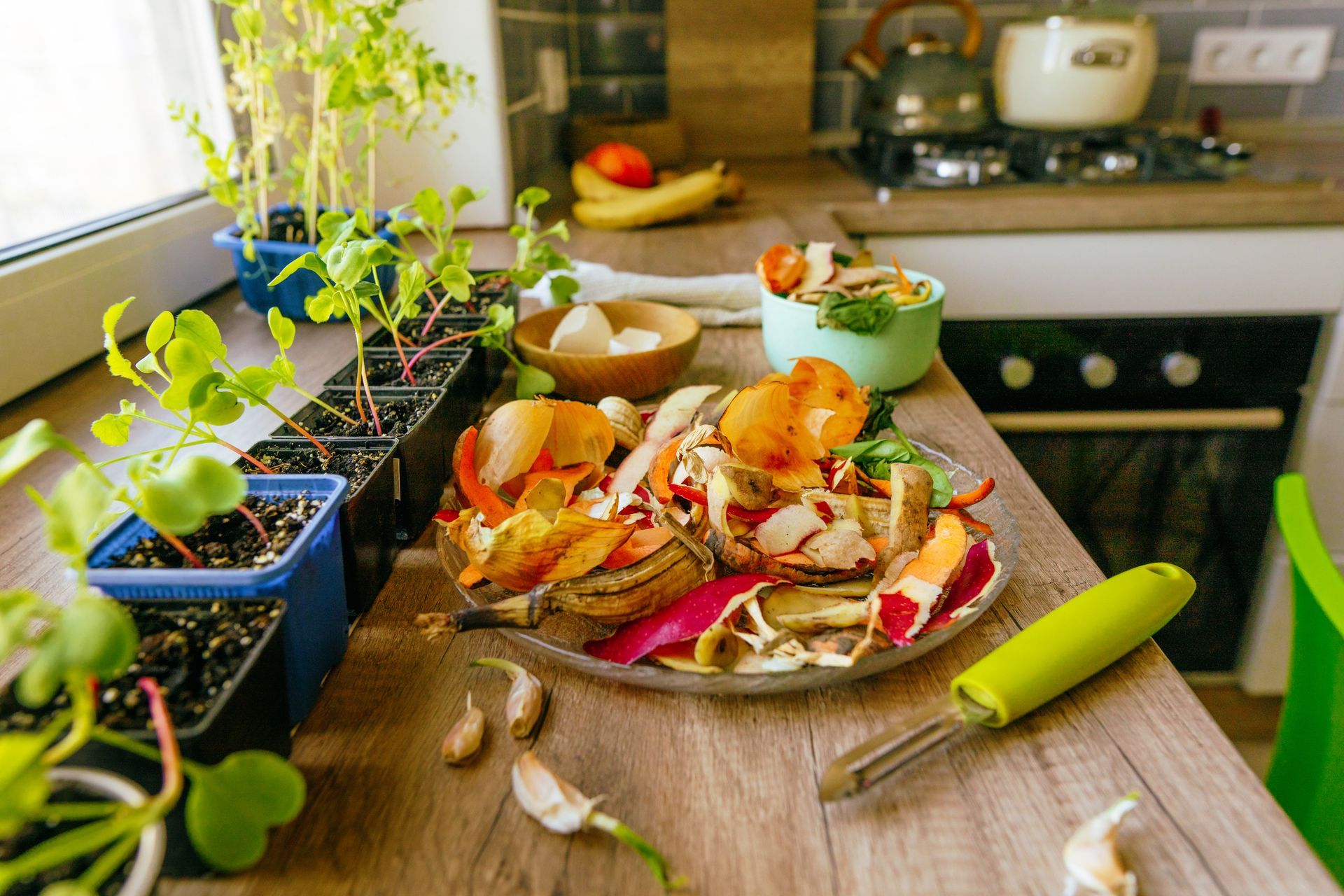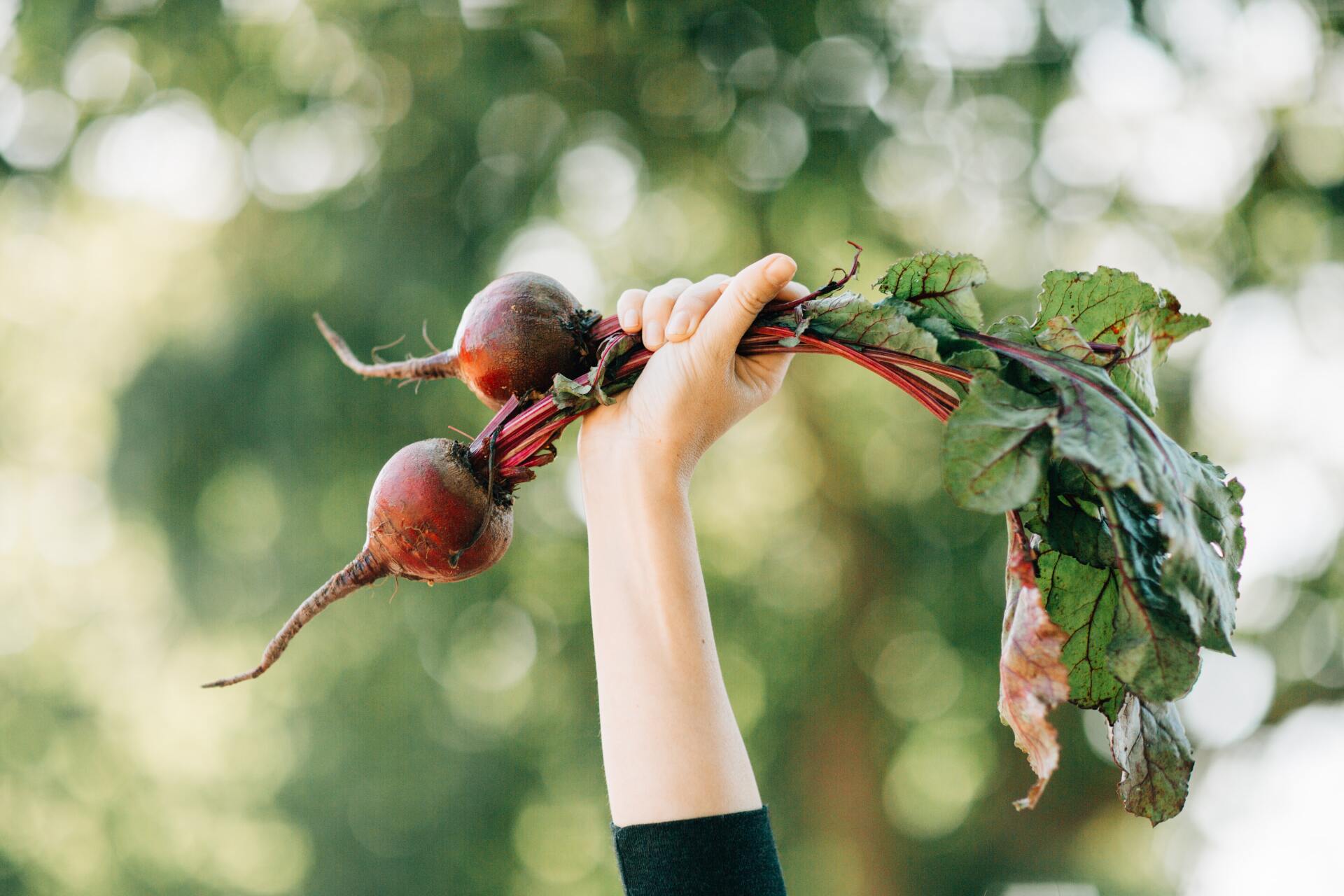Methods for Indoor Composting
Composting is a great way to reduce your environmental impact and save money on fertilizer. It's also a fun and rewarding way to get back to nature. But if you live in an apartment or other small space, you may be wondering if you can compost with limited space.
The good news is that there are several different methods for indoor composting that are easy, effective, and virtually odor-free!

Here are a few of the most popular methods:
Vermicomposting
Vermicomposting, also known as worm composting, is a great way to compost indoors. It's a relatively simple process that involves feeding worms your food scraps and other organic materials. The worms break down the materials into nutrient-rich compost that can be used to fertilize your plants.
To start a vermicomposting bin, you'll need a bin, bedding, and worms. You can buy bins specifically designed for vermicomposting, or you can use a plastic storage bin. The bedding can be made from a variety of materials, such as shredded paper, coconut coir, or peat moss. The worms can be purchased from a local bait shop or online. Once you have your materials, simply add your food scraps and other organic materials to the bin. The worms will do the rest!
Bokashi composting
Bokashi composting is another great way to compost indoors. It's a fermentation process that uses a special bran to break down food scraps. The process is anaerobic, which means it doesn't require oxygen. This makes it a good option for people who live in apartments or other small spaces where it's not possible to have a compost bin.
To start a bokashi composting system, you'll need a bokashi bucket, bran, and a liquid starter. The bucket can be purchased from a local gardening store or online. The bran and liquid starter can also be purchased from a local gardening store or online.
Once you have your materials, simply add your food scraps to the bucket. Then, add the bran and liquid starter. The bran and liquid starter will ferment the food scraps, turning them into nutrient-rich compost.

Aerobic composting
Aerobic composting is the traditional method of composting. It's a process that uses oxygen to break down food scraps and other organic materials. Aerobic composting can be done indoors, but it requires more space than vermicomposting or bokashi composting.
To start an aerobic composting bin, you'll need a bin, a lid, and a variety of organic materials. The bin can be made from a variety of materials, such as wood, plastic, or metal. The lid is important to keep the moisture in and the pests out. The organic materials can be anything that is biodegradable, such as food scraps, yard waste, and paper products.
Once you have your materials, simply add them to the bin. Then, turn the bin regularly to aerate the materials. The materials will break down over time, turning into nutrient-rich compost.
Which method is right for you?
The best method for indoor composting depends on your individual needs and preferences. If you have a small space and don't mind handling worms, then vermicomposting is a great option. If you're looking for a hands-off method, then bokashi composting is a good choice. And if you have a little more space and don't mind turning the bin regularly, then aerobic composting is a great option.
No matter which method you choose, composting is a great way to reduce your environmental impact and save money on fertilizer. So, get started today and start composting indoors!










